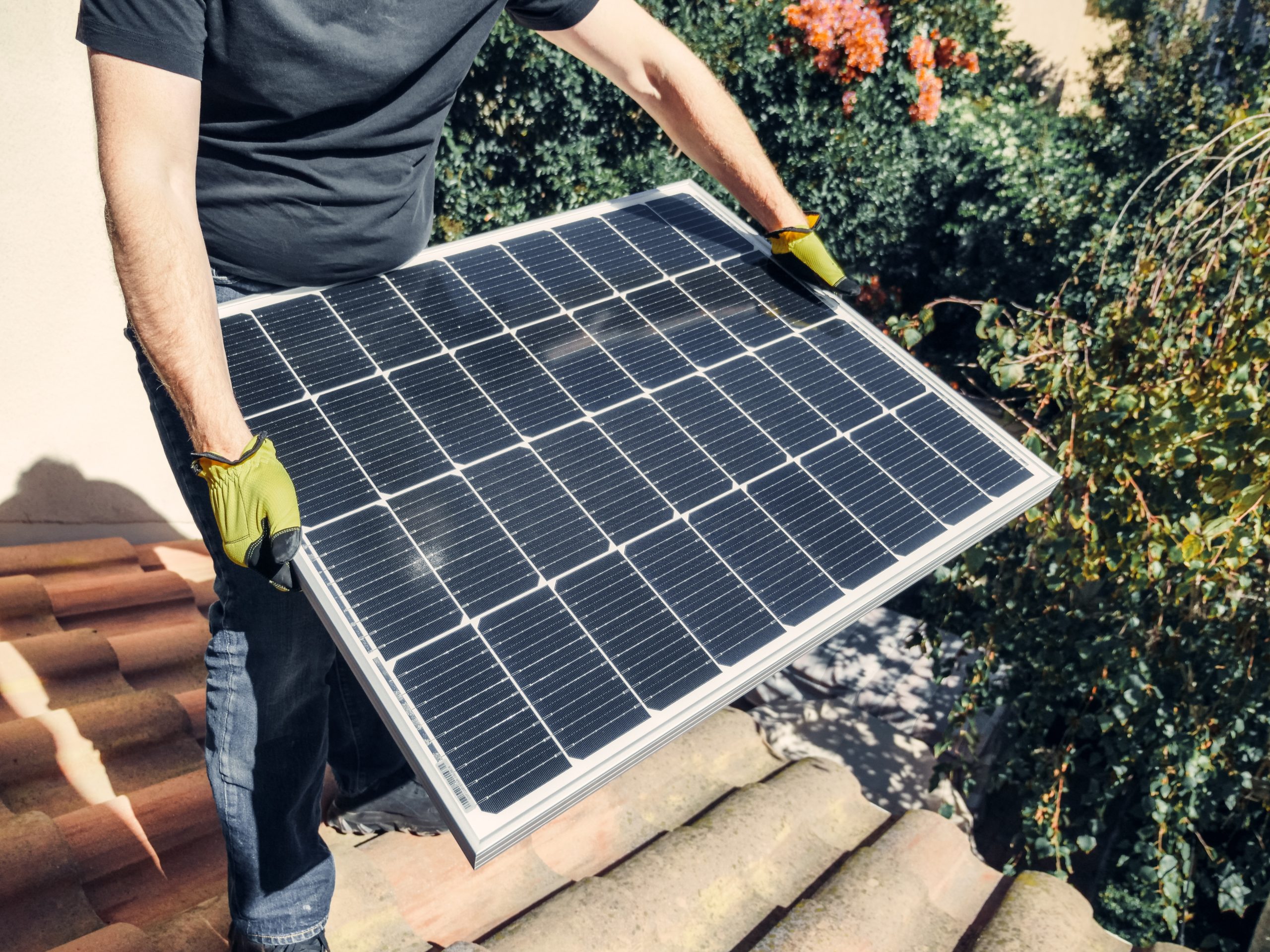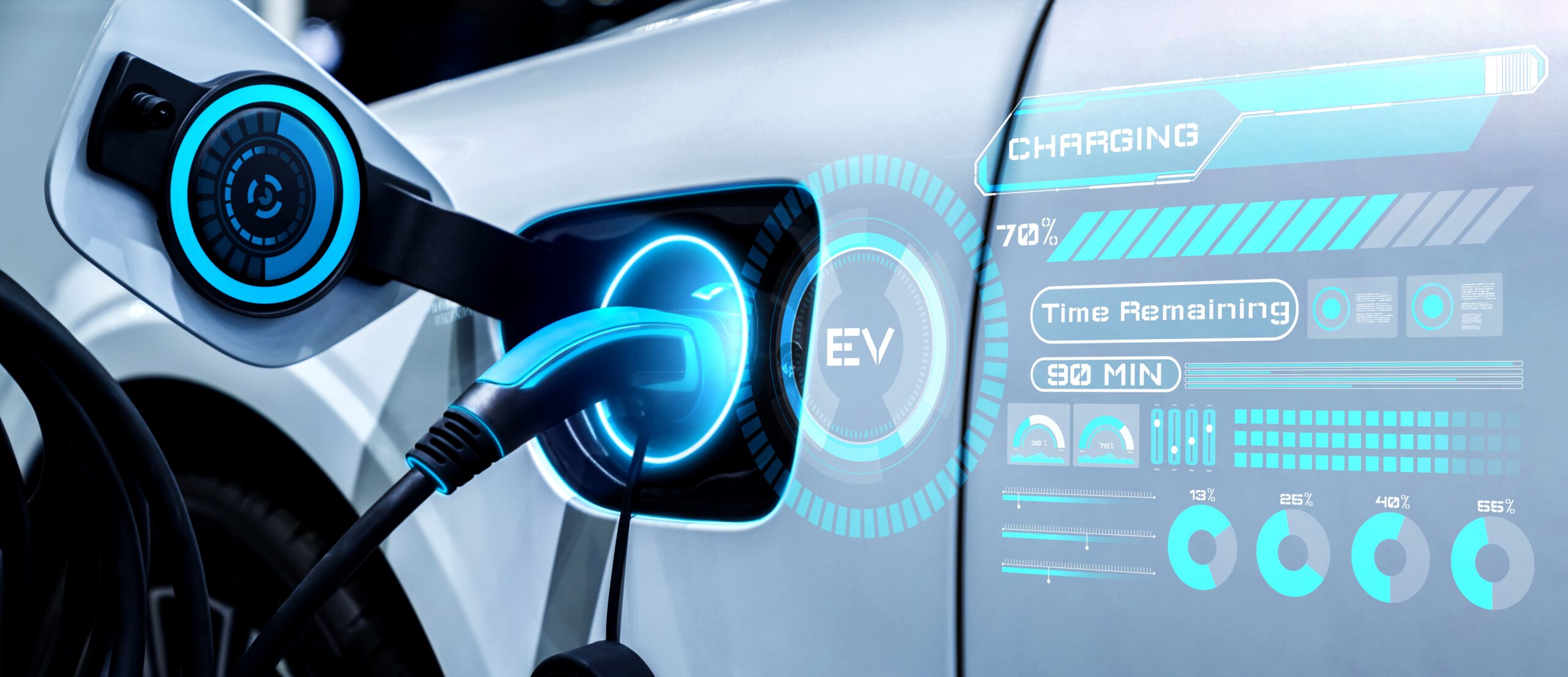Utilities, governments and major corporations alike are committing to 100% clean energy goals in the coming decades. Utilities will need to lean on smart software platforms, such as a distributed energy resources management systems (DERMS), to keep grids that are increasingly dependent upon variable renewables, such as wind and solar, in balance.
These highly sophisticated platforms enable greater control and interoperability across heterogeneous grid elements. The value of DER assets can only be fully realized if they are integrated at customer sites and brought into a grid network to create shared value. At Guidehouse Insights, we use the term Energy Cloud to describe this transition.
 Why Now Is Better Than Later
Why Now Is Better Than Later
A Guidehouse Insights white paper published in 2020, DERMS: Fact Versus Fiction, debunked several myths about DERs and DERMS. The perception that a utility does not need a DERMS until it has a problem with too many DER assets is among the most important of these myths to counter.
Since geography and policy shape DER growth, utilities that do not yet see major grid impacts wonder why they need DERMS. The answer rests on the premise that this is a journey with many entry points and the end goal of reaching enterprise DERMS. Rather than rushing to a solution once a problem occurs, it is better for utilities to modernize their grid infrastructure early without adding exponential risk to the project.
Equally important to this end state is the starting point. It is vital for an electric utility to select a set of services to begin its DERMS journey. Take the case of Eversource, New England’s largest energy delivery company, which provides electricity and natural gas to approximately 4 million customers in three states: Connecticut, Massachusetts and New Hampshire. The utility has set a goal of having its operations be carbon neutral by 2030.
Case Study: Eversource
“We are using an incremental and evolving approach to DERMS,” says Michael Goldman, director of energy efficiency regulatory, planning and evaluation for Eversource. The company is incorporating DERMS, first within energy efficiency, to enhance its broad suite of behind-the-meter energy efficiency programs parallel to its grid modernization initiatives. Goldman continues, “One doesn’t need to do full-scale SCADA integration with DERMS to realize initial benefits, such as those associated with system-level peak load reductions. The platform is already creating value for our customers.”
The utility’s ConnectedSolutions program, developed by Eversource Energy and the subject of a new case study sponsored by digital platform provider Enbala, has rapidly scaled up since 2019 and set the bar high for demand management programs in the Northeast. Enrollment in the program in 2020 surpassed goals by more than 60 MW, reaching 170 MW across all customer types approved for targeted dispatch in addition to the storage capacity approved for daily peak shaving.
Eversource’s portfolio is significant for the large demand reductions that can be achieved and for the diversity of customers and assets enrolled: more than 600 commercial and industrial customers using a range of curtailment strategies and more than 33,000 residential devices, including Wi-Fi thermostats, EV chargers, residential battery storage and Wi-Fi-connected air conditioning units.
The ConnectedSolutions track record and trajectory, averaging over 180 MW in reduced load per event, are emerging as a model for what is possible for diverse, customer-owned DER assets serving as flexible assets for a utility. This evolutionary approach to DERMS allows for offers to the full range of utility customer types all under one Energy Cloud umbrella. Eversource is one example of a utility engaged in its own journey to increase value for itself and customers with a DERMS. Each utility is different, but they all share a need for new digital platforms to reach clean energy goals.




